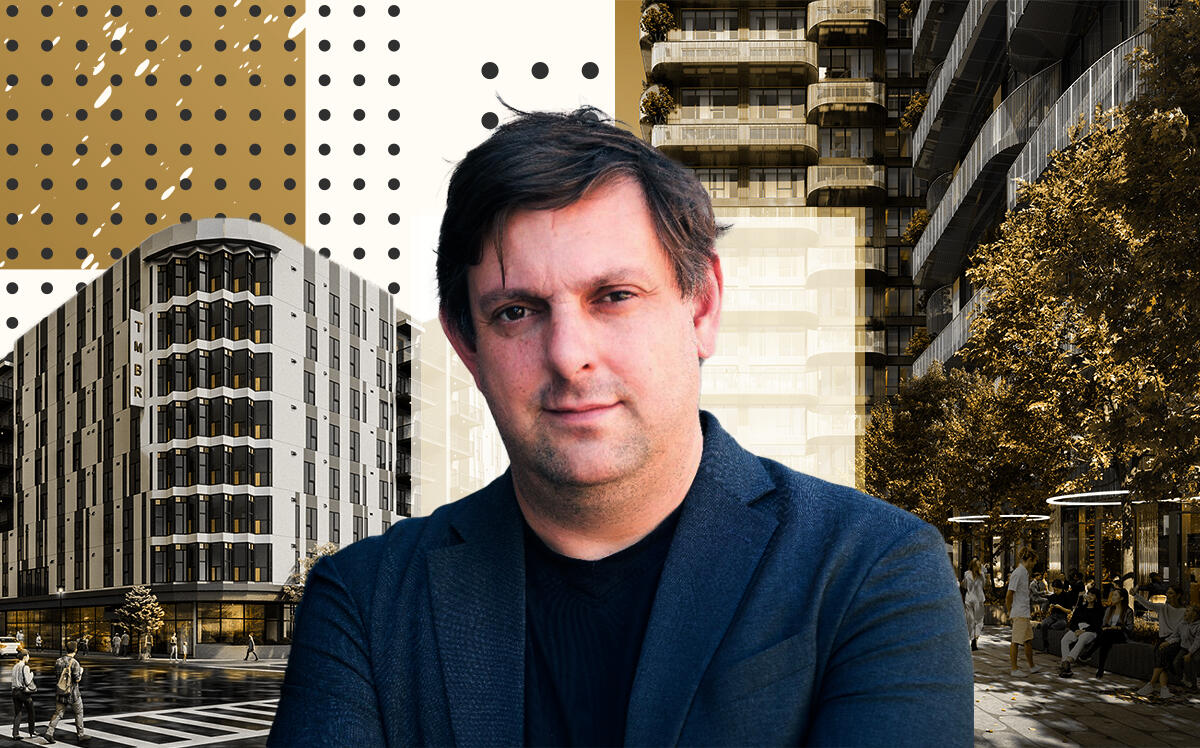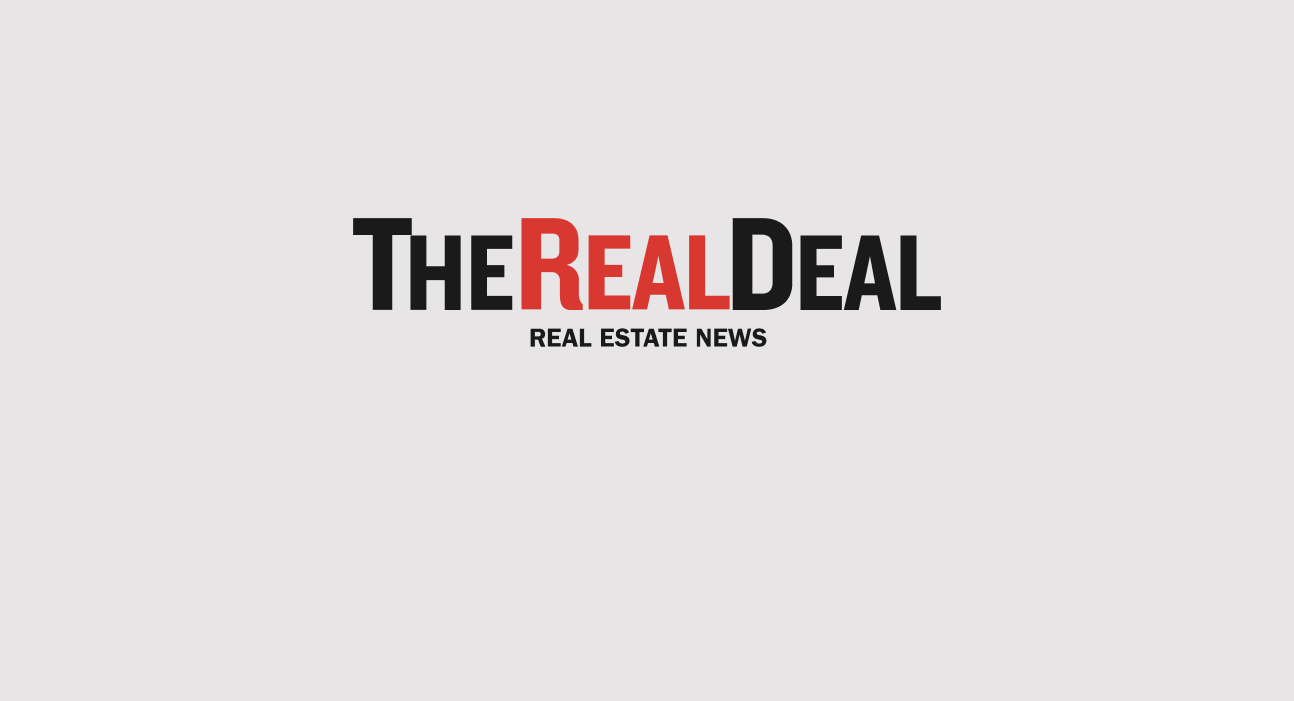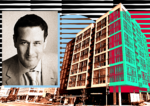 San Jose becomes largest US city to ditch minimum parking
San Jose becomes largest US city to ditch minimum parking
Trending
San Jose approves nearly 1,000 additional homes in three Downtown projects
Residences split among projects ranging from ‘tall timber’ building to rent-to-own apartments

Two weeks after approving three downtown projects with more than 900 homes and nearly 600,000 square feet of office space, San Jose has greenlit three more developments containing nearly 1,000 homes combined in the city’s core, heralding the future transformation of an area earmarked for revitalization.
San Jose Deputy Planning Director Robert Manford unilaterally approved the latest batch of projects during a public hearing on Dec. 14. The largest of the three proposals to get the go-ahead was Roygbiv Real Estate’s two-tower plan at 543 and 565 Lorraine Avenue, half a mile south of Diridon Station, the city’s main transit hub.
San Jose-based Roygbiv seeks to build 389 units and about 3,500 square feet of ground-floor retail split between 22- and 29-story buildings, according to San Jose planning documents. About one in four — 24 percent — of both structures’ units would be affordable to those making 80 percent of the area median income, or roughly $94,000 a person a year, according to California Department of Housing and Community Development data.
Anderson Architects’ Kurt Anderson, the project’s designer and the applicant’s representative, didn’t disclose its construction timetable while giving a brief presentation to the city during the planning director hearing. Roygbiv has filed plans with the city over the past couple of years to construct more than 1,100 apartments across four downtown projects alone. It has submitted a preliminary proposal to build 1,200 apartments about two miles east of downtown, by the future site of the 28th Street Little Portugal BART Station.
Of the developer’s downtown projects, two are under city review and the other two have received planning approval, according to San Jose’s online permit portal. Roygbiv hasn’t applied for building, grading or demolition permits for one of those approved projects and is negotiating a fair-market-value price with the Santa Clara Valley Transportation Authority for the site of the other, with the latter agency seeking to acquire the site via eminent domain as part of its plans to bring a BART station to Downtown San Jose.
The other two projects Manford approved consist of rent-to-own startup Nabr, Urban Community and Terrascape Ventures’ two-building plans for San Jose’s main arts and entertainment district; and Urban Catalyst’s resubmitted proposal for its eight-story cross-laminated timber building about a mile away. The larger of the two belongs to Nabr, Urban Community and Terrascape, which are working together to bring 299 rent-to-own apartments in two 21-story towers to the South of First Area neighborhood.
The project is unlike all the others in San Jose’s multifamily pipeline because prospective residents can enter into lease-to-own agreements with Nabr for units in both buildings. Co-founded by “starchitect” Bjarke Ingels and former executives at WeWork and Google’s urban planning subsidiary, Nabr is using San Jose as the first test case for its rent-to-own concept.
The returns have been promising so far: The company’s downtown project, located at the south side of East San Salvador Street between South Second and South Third streets, had a waiting list of 4,000 people in August. Nabr opened reservations for about 20 percent of units in one of its two planned buildings in September. Apartments range from studios to three-bedrooms and come with a starting purchase price of $800,000, Nabr’s chief revenue officer Cara Eckholm told the Silicon Valley Business Journal in September. Most apartments will sell for between $1 million and $2 million, Eckholm told the Business Journal at the time.
Daniel Glaessl, Nabr’s head of product development, said during the Dec. 14 hearing that the company hopes to deliver both buildings to market before 2025.
As for Urban Catalyst, it received planning approval during the hearing to build a 272-unit apartment complex at the southeast corner of West San Carlos and Josefa streets. Aedis Architects, the complex’s designer, touts it as the Bay Area’s first “tall timber” development designed under the 2022 California Building Code, which allows taller structures using cross-laminated timber, according to the company’s website.
The project consists of studios, one- and two-bedroom apartments, 14 of which are affordable to those on very low incomes. Urban Catalyst hasn’t publicly disclosed a construction timeline for it, one of seven the company is developing in San Jose.
Read more
 San Jose becomes largest US city to ditch minimum parking
San Jose becomes largest US city to ditch minimum parking
 VTA to seize buildings in Downtown San Jose for BART station
VTA to seize buildings in Downtown San Jose for BART station
 Three major projects approved for Downtown San Jose
Three major projects approved for Downtown San Jose




